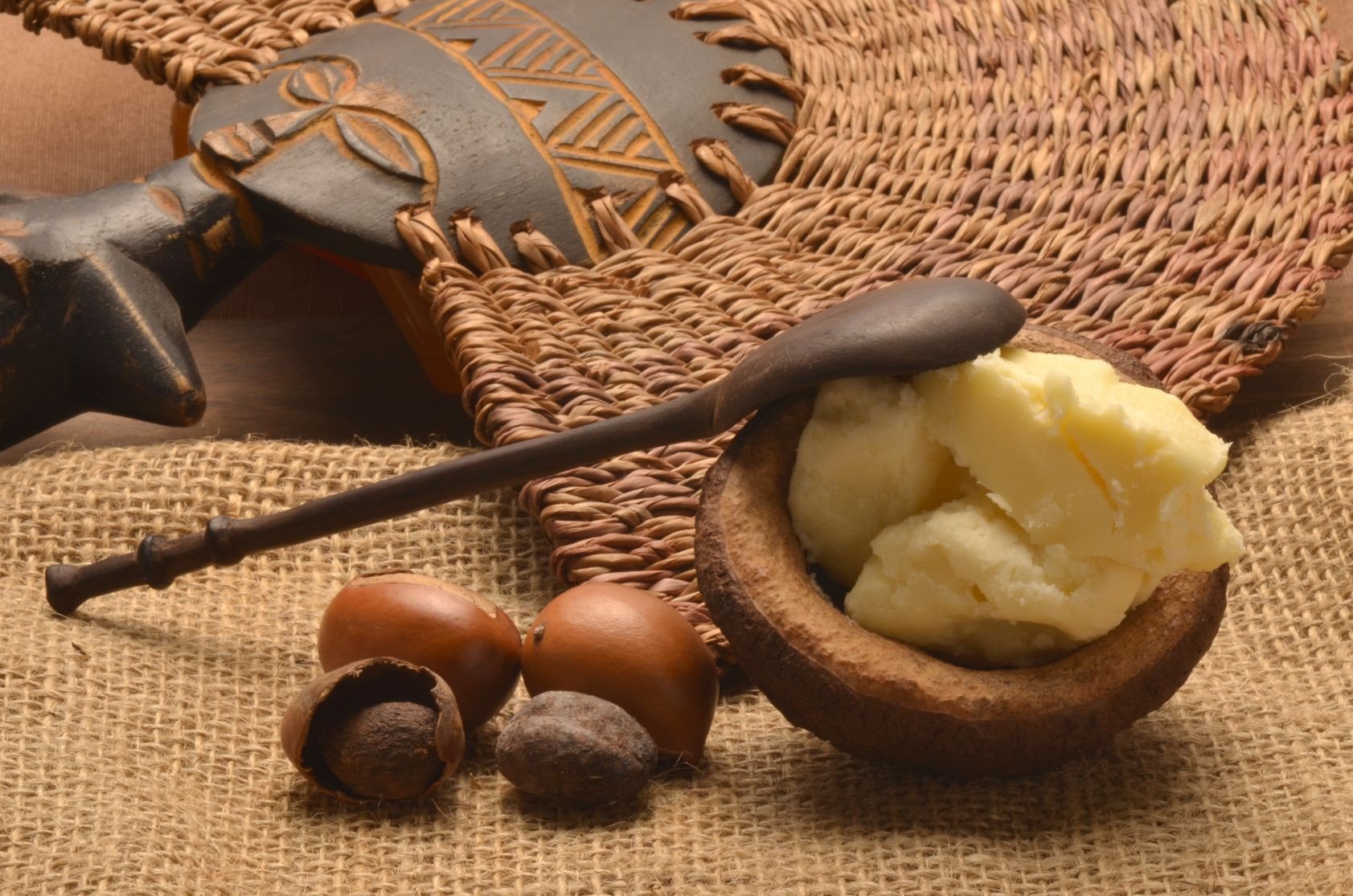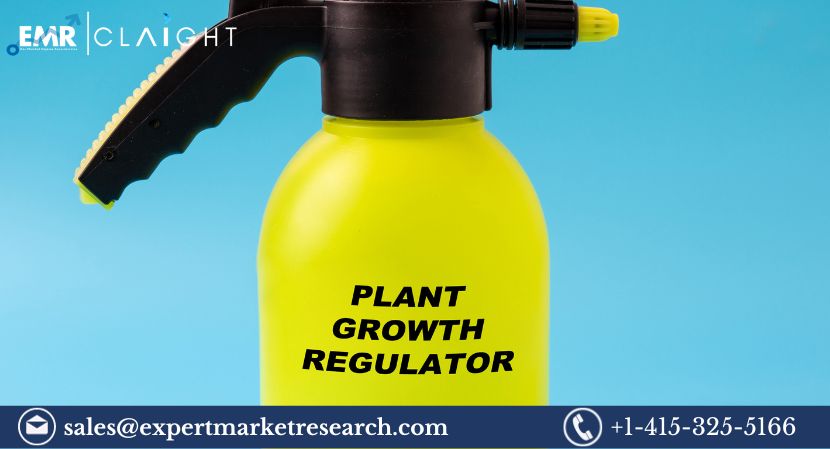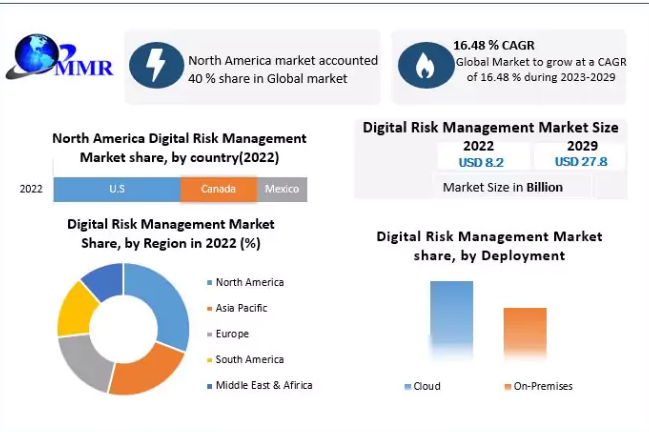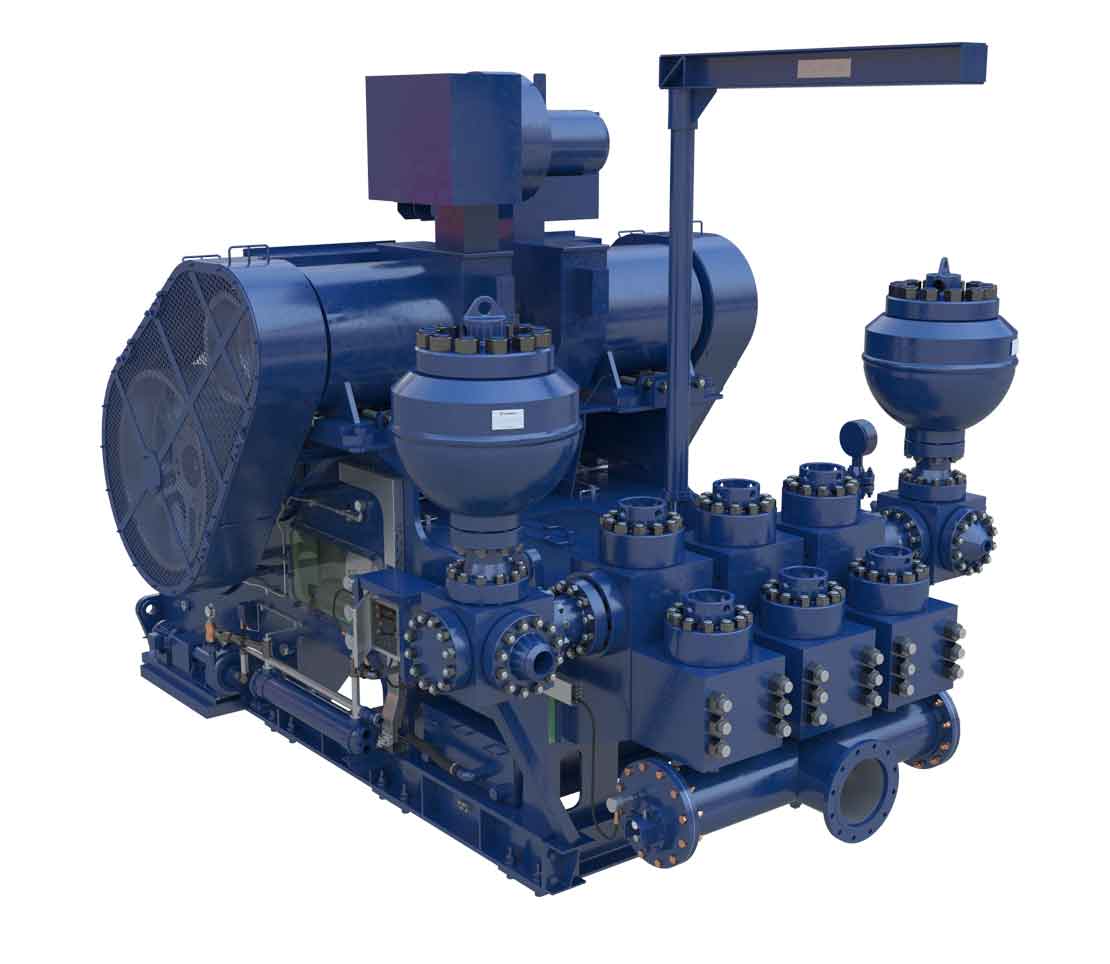For ages, Shea Butter has been used throughout Africa to treat skin and hair issues. It is made from the edible nut of the Karite tree, which is grown in Ghana, Mali, Burkina Faso, and other West African Savanna Grasslands. Shea butter is produced from the tiny, almond-like fruit that this tree, which grows wild, produces. It takes the tree itself 40 to 50 years to reach maturity, and it is not nurtured.
Northern Ghana, one of the leading producers of shea butter in Africa, only allows women to make it. Men never take part in the shea butter making process that takes place in groups of women and children. Given that it is occasionally their sole source of income, it has empowered women. It should come as no surprise that shea butter is frequently referred to as “women’s gold,” given the scarcity of income for women.
Shea butter began to be commercialized as consumer demand for it grew, and people began to adore this miraculous substance. We’ll talk about the process of manufacturing shea butter and the refining process in this article.
What is the Shea Butter Making Process?
The commercial production of shea butter, like any other organic product, involves a number of processes. These processes are diligently executed to meet the needs of the end customers. Each step in the shea butter making process is important to achieve the desired result and quality product. So, let’s learn about the steps:
Harvesting
Shea nuts, which are obtained from naturally occurring shea trees worldwide and used to make butter, are the foundation of the entire shea industry. In the wild, shea trees can reach heights of 30 to 40 feet. They bloom in February and March, and the fruit ripens in June and July. Shea fruits are picked from trees between June and September after they have fallen to the ground.
Extraction
Shea fruit ranges in size from 5 to 8 centimeters in diameter and is light green in coloration. The fruit is made up of a hard endocarp (or shell), which houses the embryo or shea kernel, a fleshy mesocarp (the pulp), and a green epicarp (the shell). Shea fruit typically has one or two kernels, but occasionally, they might have two or three. These kernels are used to make shea butter. Extraction is an essential step performed at a shea butter plant refinery.
Boiling
Boiling the shea nuts protects them against hydrolytic destruction of the extracted shea butter as well as from the germination of the seeds, which would otherwise happen. However, this procedure, similar to a vanaspati ghee plant, may result in more fat being oxidized, which would increase the peroxide value. Although there is a chance of mold infection when they are dried during the rainy season, the boiled shea nuts are then sun-dried. Cracking the dried shea nuts releases the kernels from the shell. To remove any remaining moisture, these kernels are roasted or sun-dried.
Roasting
Another crucial step done at a shea butter plant refinery is the roasting process. For drying, the shea nuts are also roasted or smoked in ovens. The husk or shell-covered dried nuts are kept in storage. However, it is known that using this approach would result in an increase in the cancer-causing polycyclic aromatic hydrocarbons (PAH) in the shea butter that is extracted.
Skimming
Shea butter is conventionally extracted by boiling the kernels in water and skimming off the produced oil. By crushing the kernels in expellers or using solvent extraction, commercial production is accomplished. Shea butter is extracted, refined, and deodorized to create high-quality shea butter that may be utilized in cosmetics and food goods like chocolate. The same happens in a vanaspati ghee plant as well.
Conclusion
The ultimate product, after the processing is complete, is often rich and creamy butter. It might be beige, light green, dark green, or even grey. The time of year the nuts were gathered, their level of maturity, and other factors all play a role in this. After that, this butter is either sold as a standalone body product or combined with other goods. Mectech offers a high-quality shea butter refining process, which results in great quality and efficacy.







